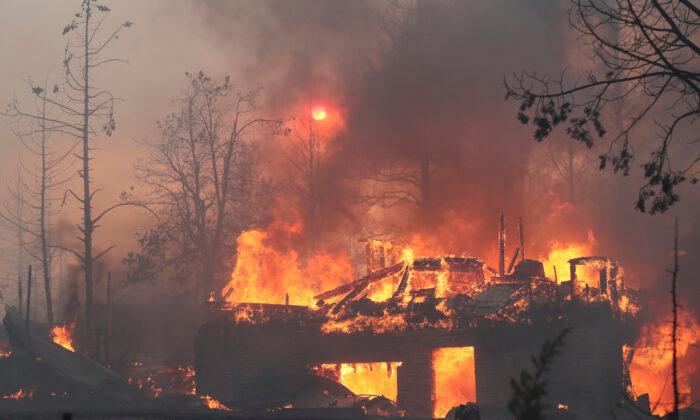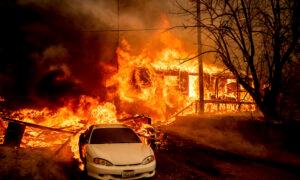California homeowners insured by the Fair Plan will soon see a “substantial” increase in premiums after a flood of new policies issued by the last-resort insurer.
“In order to bring our rates up to the right level, there’s going to be a substantial increase. That’s as much as I can share,” Fair Plan President Victoria Roach told lawmakers at an April 25 Assembly Insurance Committee meeting.
In 2021, the Fair Plan, which provides basic coverage when other insurers aren’t available but charges a high premium for it, had about 3 percent of all policies in the state, amounting to about 268,000 policies, according to the California Department of Insurance. Now, the plan covers about 373,000 policies, making it one of the largest insurers in the state, officials said at a March committee meeting.
During that meeting, plan officials said it has too much exposure and could not cover damages in the event of a natural disaster. If one were to happen, a large assessment on other insurers would be needed—raising rates for everyone.
The plan added 15,000 new policies in February alone, the most ever, and has doubled in size since September 2019, according to officials.
As other companies have paused or halted policies in California, many homeowners have had no other choice but the Fair Plan. Without raising rates, the plan wouldn’t be able to handle all the new policies, according to Ms. Roach.
“Our rates are going up, no question about it,” she said during the last meeting.
Many neighborhoods have been deemed too risky for private market insurers, especially in fire-prone regions, which has led to the recent exodus.
After raising rates in January by an average of 20 percent for homeowner renewals, California’s largest insurer, State Farm, announced in March it would not renew 72,000 California policies including those for homes, rentals, and apartments, as it had already stopped accepting new casualty and property policies in 2023.
During an April 23 Department of Insurance meeting, Allstate officials said the company could begin taking on new policies, which it had stopped doing in 2022, but only after new regulations begin that allow the use of catastrophe models and the cost of reinsurance to be factored into rate setting.
In March, California Insurance Commissioner Ricardo Lara announced new rules that would allow insurers to use forward-thinking models to set rates, as the number of natural disasters have increased in recent years, where previously they could base rates only on climate data from the previous 20 years.
He also revealed in September 2023 a plan to require insurers to write at least 85 percent of their policies in high-wildfire-risk communities by the end of 2024, under what’s known as the California Sustainable Insurance Strategy meant to expand options for homeowners.
The strategy also offers discounts to homeowners who have mitigated wildfire risks and expands Fair Plan commercial coverage to $20 million per building, helping condominiums and homeowners associations.
According to a September 2023 report by the New York-based Insurance Information Institute, California insurance companies paid $1.08 in claims for every $1 charged in premiums between 2013 and 2022, leading them to avoid writing policies in the state.
Reasons for that include 1988’s Proposition 103, which established what’s known as the intervenor process, in which state regulators review all proposed rate increases of 7 percent or greater, which can take years.
The disaster-prone years of 2017 and 2018 also led to big losses, when fires cost insurers more than $2 for every $1 they took in, according to the report.
In 2018, the Camp fire, the deadliest and most destructive wildfire in state history, destroyed more than 18,000 buildings in Northern California’s Butte County.







